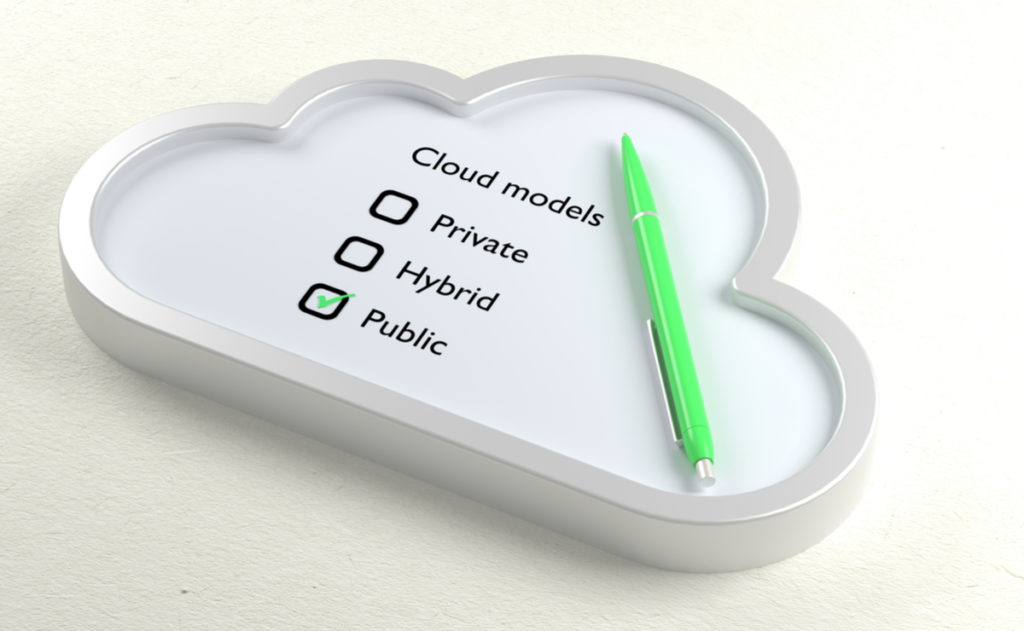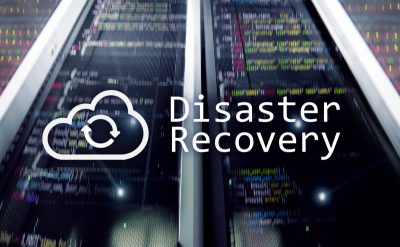Hybrid multi-cloud experience for the enterprises, it sounds easy to say that hybrid cloud experience combined multi-cloud vendors. The major challenge for the enterprises is to have solutions and management goals for every cloud experience and then bringing third-party providers for data storage. So let’s define what is Hybrid Multi-cloud? The name Hybrid Multi-cloud is a combination of two words Hybrid and multi-cloud. While hybrid defines a combination of two types of cloud infrastructure, private and public they can be either on-premise data center or third-party public cloud. A multi-cloud cloud embraces two or more cloud provider’s services. In a multi-cloud strategy the implementation of multiple Software-as-a-Services (SaaS) or Platform-as-a-Service (PaaS) for a multiple of the cloud offering, it can either be AWS, Azure, IBM or Rackspace. There are several challenges when managing a Hybrid multi-cloud environment, and if not managed in a strategic manner it can lead to technological system breakdown. Let’s Look At Some of the Challenges and Solutions.
1. Data Governance And Compliance
Data jurisdiction is imperative solutions for the enterprises as they want their data in a friendly neighborhood rather than in a rogue nation. Cloud offers data flexibility and cost-saving option but enterprises need to understand that where exactly the maximum amount of data resides. Moving applications to the cloud don’t eliminate the certain types of data governance requirements and with multi-cloud strategy, enterprises can sure find themselves in a whirlwind that can result in hefty fines. The most recent is the GDPR from EU that will restrict the storage of data to locations other than European countries. The control of data will be much more complicated with multi-cloud strategy as each part of data or applications need to be monitored rather than innovated. With multi-cloud strategy combined with the hybrid cloud strategy, enterprises can store business-critical information on the private cloud, while also opting for regional cloud center to satisfy data governance. A single cloud approach is becoming primitive and almost 90 percent of the enterprises will be using the multi-cloud services and platform by 2020.
2. The Complexity of Management
Multiplying the cloud environment means that multiplying the management for running those environments. It will all depend on the external and internal resources whether they can satisfy the technical skill requirements. The multi-cloud environment is been easily known as one of the most inevitable requirements that need to adopted by the enterprises. Having a resource or an IT team that can manage the total setup through a dashboard or third-party applications can also be deployed for the management. The cloud management dashboard will also assist in creating management solutions for resources up-gradation and security patches.
3. Redundancy and Security
Redundancy and security are the two main pushovers why many enterprises are adopting the multi-cloud strategy combined with hybrid cloud. If one of your cloud services goes offline due to infrastructure failure the other cloud service can step in with their services. The multi-cloud strategy also offers flexibility in data security with ease of distributed data and applications over the multi-cloud environment. However, the redundancy and security need to tested before creating a fail-safe system for the multi-cloud. The multi-cloud strategy needs to be controlled and tested for various environments before the actual situation implementation. Many times it happens that the multi-cloud strategy fails to deliver the required redundancy due to an outage of certain cloud infrastructure resulting in the applications going offline.
Cloud security is one of such situations that need to be addressed before multi-cloud adoption. The multi-cloud strategy doesn’t make the providers address the total control of the data security, the security of data ultimately relies on the enterprise’s responsibility. Also, the authentication process needs to be mandated for any type of access to data with given infrastructure such as routers, firewalls, and storage systems. As more enterprises embrace hybrid multi-cloud strategy, technology vendors and cloud services providers need to evolve the marketing approach. According to the recent report by the IDC vendors, revenue from the sale of IT infrastructure for cloud environment for both public and private cloud has grown by 47.2 percent year over year in the third quarter of 2018, reaching almost $16.8 Billion. The quarterly spending for the public cloud IT infrastructure has doubled over the past three years reaching $12.1 billion in the last quarter of 2018. While for the private cloud grew at 28.3 percent counting $4.7 billion in revenue.
IDC also reported that the total spending for the vendor revenue plus channel mark-up has reached almost $65.2 billion in 2018 with a growth rate of 37.2 percent years over year. The spending on public cloud will remain at higher proportions because the cloud has been cost efficient options rather than data storage options. The total spending on the cloud infrastructure has remained close to the 47.4 percent mark. Comparing to the technology growth cloud platforms has been catering at 59.1 percent, storage solutions at 20.4 percent and Ethernet solutions that are touching 18.5 percent. By 2022 it’s expected that we will be having 42.2 traditional non-cloud infrastructure IT spending. The growth in the cloud infrastructure and the fall in the overall IT infrastructure can be seen as a solution to various technology barriers that are halting the innovative technology to reach remote locations.
All regions grew their cloud infrastructure by almost double digits in the third quarter of 2018. The growth was seen to be highest in the Asia-pacific region hovering at 62.6 percent with the china being the dominant following 88.7 percent. North American regions- USA saw a growth of 44.2 percent while Canada saw the growth by 43.4 percent in the third quarter of 201. A truly hybrid cloud environment will help the enterprises to switch between cloud environments seamlessly. Whether it’s a private or public cloud that will be holding the enterprise critical applications will depend on the cloud provider’s sophistication. If an enterprise is adopting the multi-cloud environment it means that for the most part, it has to manage the data and also have to strategies to maintain the hybrid environment.
To know more about the cloud solutions, you can download our whitepapers from our experts.














![[Things to Know] Before Selecting Cloud Solutions](https://d2qt3hjxf3fk7j.cloudfront.net/wp-content/uploads/2020/02/13083906/Cloud-Solution-400x247.jpg)